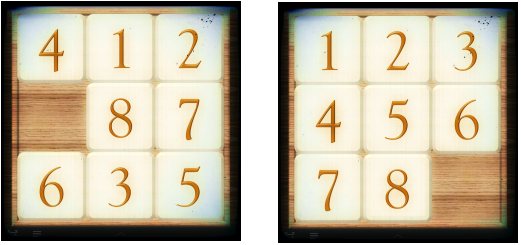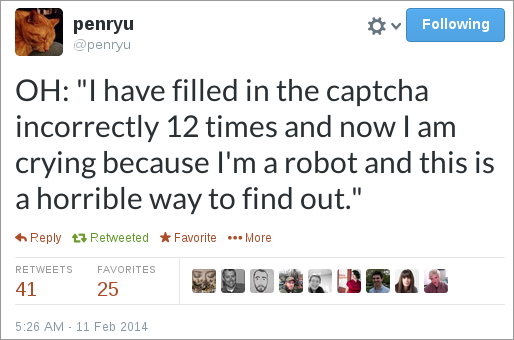Artificial Intelligence
Think about the traditional labor roles of humans vs those of machines. Machines do heavy lifting (bulldozers), fast travel (jets), and quick and accurate calculations (computers). Humans, in contrast, traditionally control the bulldozers, plan the calculations, interpret their results, communicate using human languages, and visually recognize objects and other people.
My perspective on AI is that it’s about blurring those labor roles, so that computers can do more of the work traditionally associated with humans.
Planning as graph search
The first sub-field of AI we’ll explore is planning. When a human has a goal, he or she then plans out what steps should be taken in order to achieve that goal. Then, perhaps, those steps could be programmed into a computer to solve the problem for us.
In AI, the human sets up the goal and the parameters (such as what are the potential actions and consequences), but then the algorithm determines the exact sequence of steps. The algorithm works by searching through the state space.
We covered a river-crossing puzzle:
and then a water jug puzzle. But here is an extended example:
-

A start and goal state for the 8-puzzle
I demonstrated a program that solves this puzzle. My program’s solution looks like the following. It starts by showing you how it is exploring the search space. Once it finds the goal, it retraces the steps that got it there.
Visited 412:087:635 as start state
Visited 412:687:035 via up from start
Visited 012:487:635 via down from start
Visited 412:807:635 via left from start
Visited 412:687:305 via left from 412:687:035
Visited 102:487:635 via left from 012:487:635
Visited 412:837:605 via up from 412:807:635
Visited 402:817:635 via down from 412:807:635
Visited 412:870:635 via left from 412:807:635
[...many more...]
Visited 123:456:780 via up from 123:450:786
GOAL!
1. left: 412:807:635
2. left: 412:870:635
3. up: 412:875:630
4. right: 412:875:603
5. right: 412:875:063
6. down: 412:075:863
7. left: 412:705:863
8. left: 412:750:863
9. up: 412:753:860
10. right: 412:753:806
11. right: 412:753:086
12. down: 412:053:786
13. down: 012:453:786
14. left: 102:453:786
15. left: 120:453:786
16. up: 123:450:786
17. up: 123:456:780
Visited 19408 nodes.In this case, we found the solution after exploring 19,408 states, but the path from the initial state to the goal is just 17 steps.
The program above uses breadth-first search but a more sophisticated approach is called the A* search (pronounced A-star). Here is an excellent explanation with interactive demonstrations of A* search.
Adversarial search
This is a similar technique, but when you’re playing a game with an adversary, you’re not the only one making moves. So when searching for a path to a winning state, you have to take into account the opponent’s moves. The best way to do that is the Minimax algorithm.
An example game tree for an unspecified two-player game
In 2016, there was a breakthrough in machines that play the game of Go.
- What do games tell us about intelligence by Johan Ugander

@statsmanbruno on Twitter
Machine learning
TODO
Space shuttle data – after opening, log in to Google and select File » Make a copy. Then you should be able to filter the records by field values using the drop-downs in the column header.
Why 2015 Was a Breakthrough Year in Artificial Intelligence by Jack Clark in Bloomberg Business.
Strong AI and the Turing test
Robot Telemarketer Insists It is Human in Creepy Phone Calls (December 2013)
Why can’t my computer understand me? by Gary Marcus – includes a critique of Turing Test
Artificial intelligence is a tool, not a threat by Rodney Brooks of Rethink Robotics
A great video chat about Strong AI between Dan Kaufman and Massimo Pigliucci, philosophers at Missouri State and CUNY, respectively

@penryu on Twitter
Robotics
Kiva fulfillment center robots http://www.youtube.com/watch?v=6KRjuuEVEZs and http://www.youtube.com/watch?v=lWsMdN7HMuA
Humans Need Not Apply by CGP Grey https://www.youtube.com/watch?v=7Pq-S557XQU